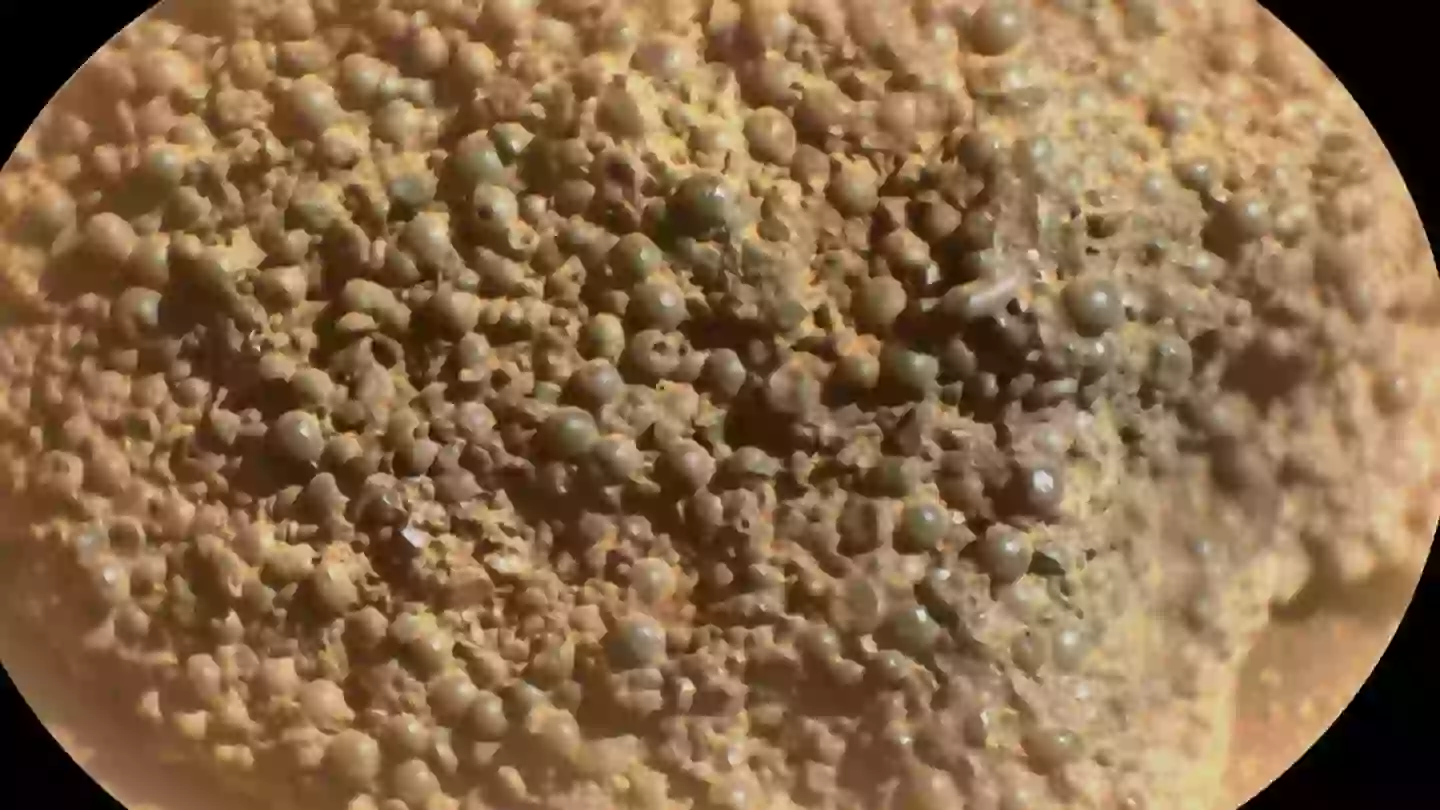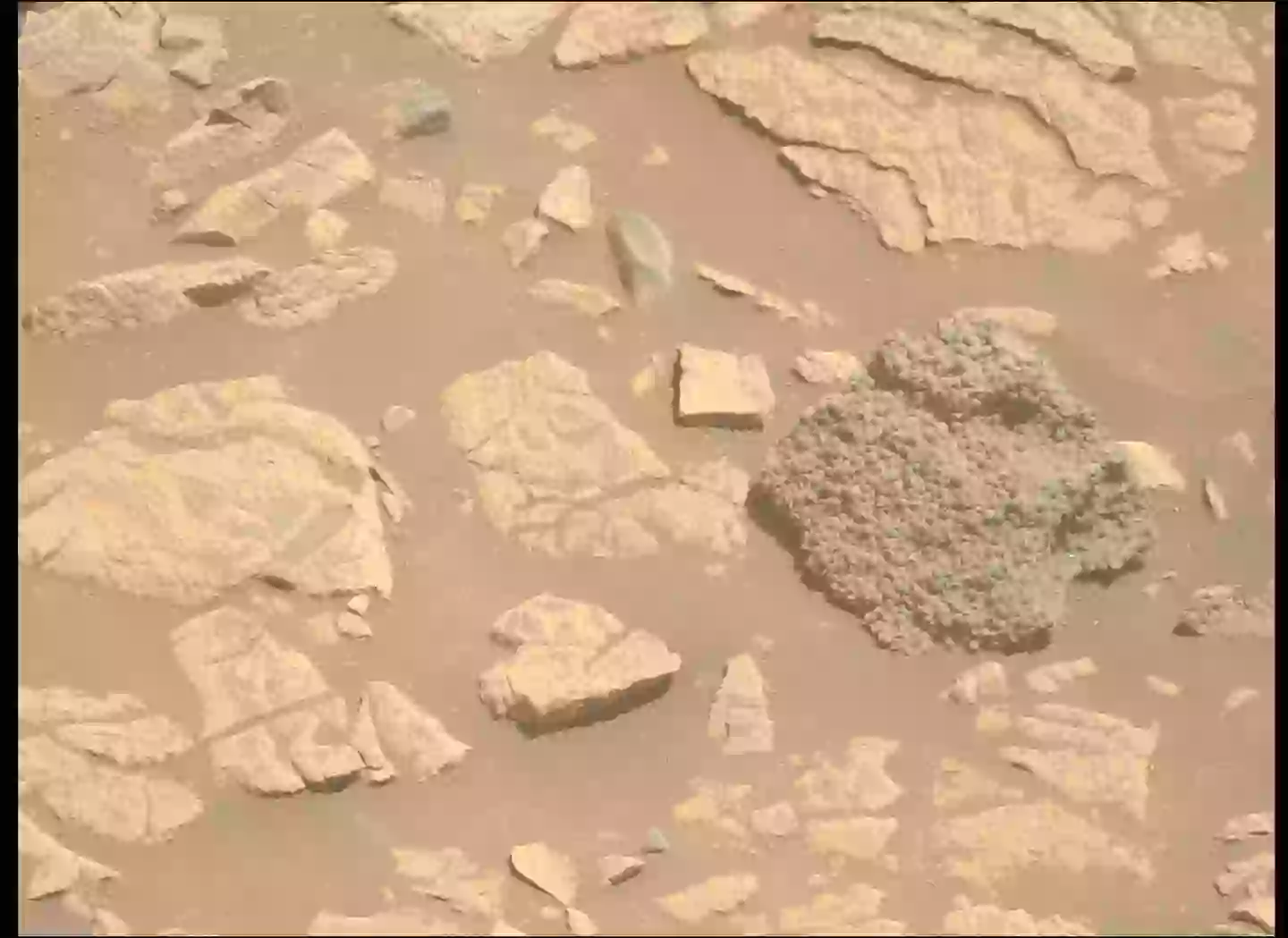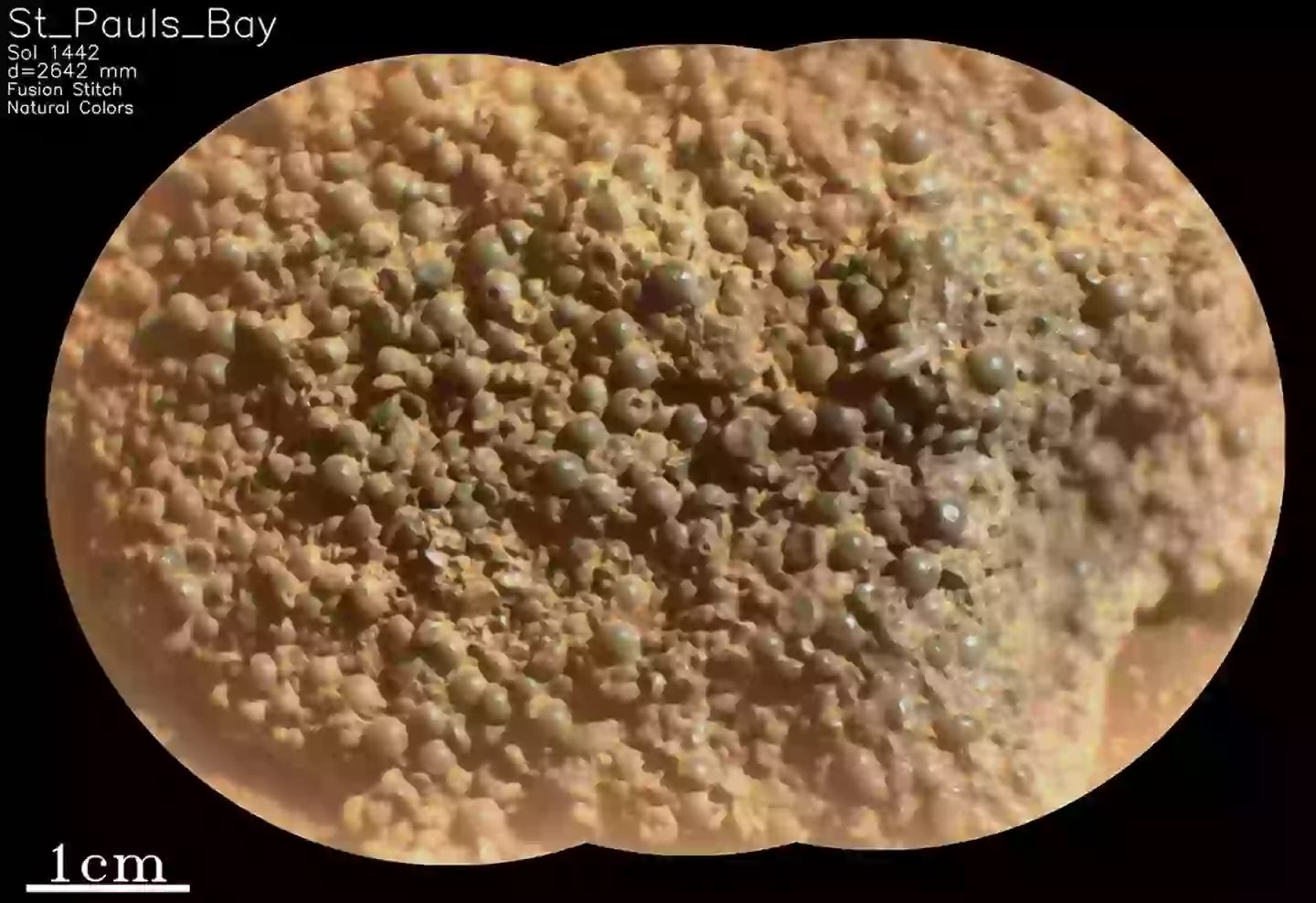
An unexpected rock discovery on Mars has piqued the interest of NASA scientists, who are still trying to 'understand its origin'.
On March 23, NASA revealed that its Perseverance rover made a 'strange' discovery while analyzing part of the lower Witch Hazel Hill area of the Jezero crater rim on Mars.
NASA's Perseverance rover stumbled across 'a strange rock comprising of hundreds of millimetre-sized spheres,' according to a release on its site.
Advert
The Perseverance Science Team has since called the rock 'St Paul's Bay' and is still analyzing the find.
The release states the rock 'appeared to be comprised of hundreds of millimeter-sized, dark gray spheres' and that 'some of these occurred as more elongate, elliptical shapes, while others possessed angular edges, perhaps representing broken spherule fragments'.
It questioned: "Some spheres even possessed tiny pinholes! What quirk of geology could produce these strange shapes?"
Advert
And that's not all, either. The rock is not just composed of hundreds of spheres but also a 'float rock'.

A 'float rock' is a 'term used by geologists to describe something that is not in-place'.
NASA's team are now trying to figure out where the rock fits in the wider picture of Witch Hazel Hill on Mars.
Advert
"Initial observations have provided tantalizing indications that it could be linked to one of the dark-toned layers identified by the team from orbit," the release states, however, the team are still working away to get a more solid explanation.
It further explains: "Placing these features in geologic context will be critical for understanding their origin, and determining their significance for the geological history of the Jezero crater rim and beyond!"
And this isn't the first time Mars has sent NASA teams scratching their heads over 'strange spheres'.

Advert
Back in July 2024, NASA's Perseverance found a rock nicknamed 'Cheyava Falls' - an arrowhead-shaped rock measuring 3.2 feet by two feet wide and possessing qualities - specifically colored spots - that are typically indicators of ancient life.
The discoloration alongside the shape of the rock and where it was found further pointed to a possible explanation of water passing through the rock.
Earlier this year in February, Perseverance also discovered a 'one-of-a-kind treasure' at Blue Hill.
The rocks at Blue Hill are of 'immense scientific interest' due to being 'rich in low-calcium pyroxene (LCP)'.
Advert
"This marks our first Noachian-aged outcrop sample, an important milestone in our mission to uncover the geological history of Jezero Crater," NASA explained at the time.
Topics: NASA, Technology, Mars, Space, Science